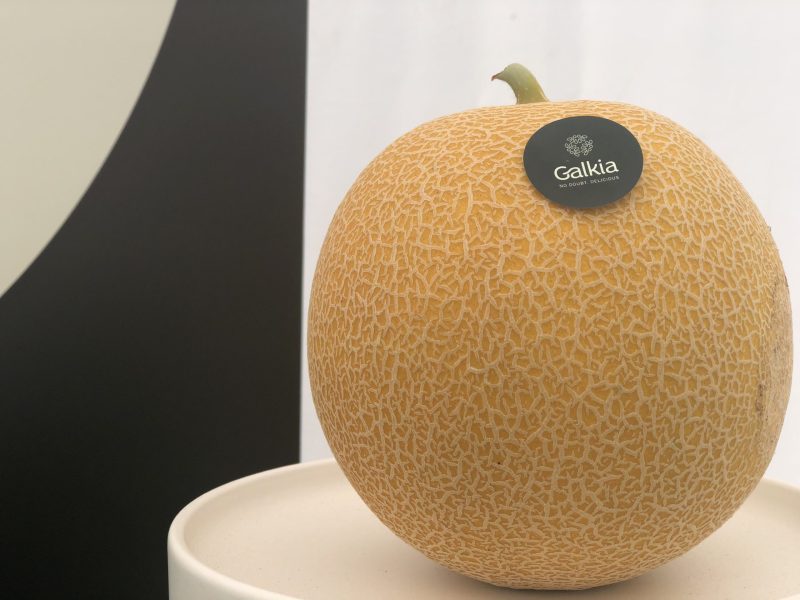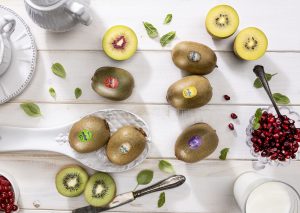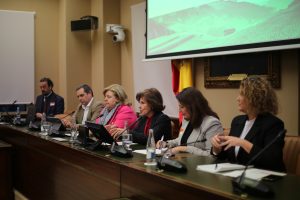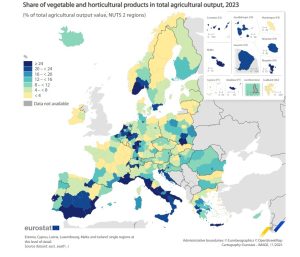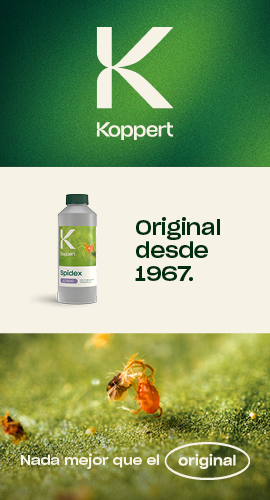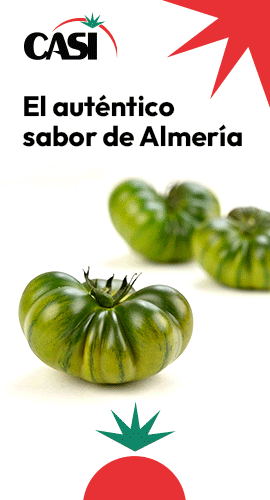Its manager, Felipe López, states that “we need to seek collaborative synergies,” citing the example of the Galkia group alliance, made up of Jimbofresh, Gregal, and Fruca, which have joined forces under a single Galia melon variety developed by Nunhems. This joint line aims to recover the lost flavor of Galia melons and has been well received by retail chains.
March’s rainfall caused delays in planting, which will affect the usual calendar. The executive warns that high melon volumes will not arrive until after June 25, and although supply will be guaranteed in June, it will not be advisable to launch promotions before that date.
Gregal expects a total production of around 38,000 tonnes of melon, mainly distributed among Galia (30–35%), yellow (25%), Cantaloupe (25%), and Piel de Sapo (10–15%) varieties. While Galia remains the most representative, Piel de Sapo is gaining traction in foreign markets, where it is beginning to break stigmas related to its color and sweetness.
Markets
Internationalization continues to be a key strategy for Gregal, which exports 90% of its melons. Germany and the United Kingdom—where the cooperative has had its own subsidiary since 1996—remain priority markets, despite the logistical cost increases brought on by Brexit. The Netherlands, Belgium, and France also stand out, and there is growth in Eastern European countries such as Austria and Poland, where the product is becoming more visible in international retail chains.
RELATED NEWS: BASF Nunhems is reorganising its structure and is getting closer to the ‘hotspots’
On the technology front, Gregal continues to strengthen its production capacity both in the field and in the warehouse. In response to the labor shortage, the cooperative has focused on automating and robotizing its facilities and increasing the number of harvesting machines in the field, which clearly improves efficiency and the quality of the final product while reducing costs. Additionally, new graders, washers, and dryers for melon have been introduced, along with a higher-capacity vacuum cooling system for lettuces and a new ERP system to optimize traceability. The company’s commitment to sustainability is also reflected in the expansion of its photovoltaic installation, which now reaches 450 kW.













